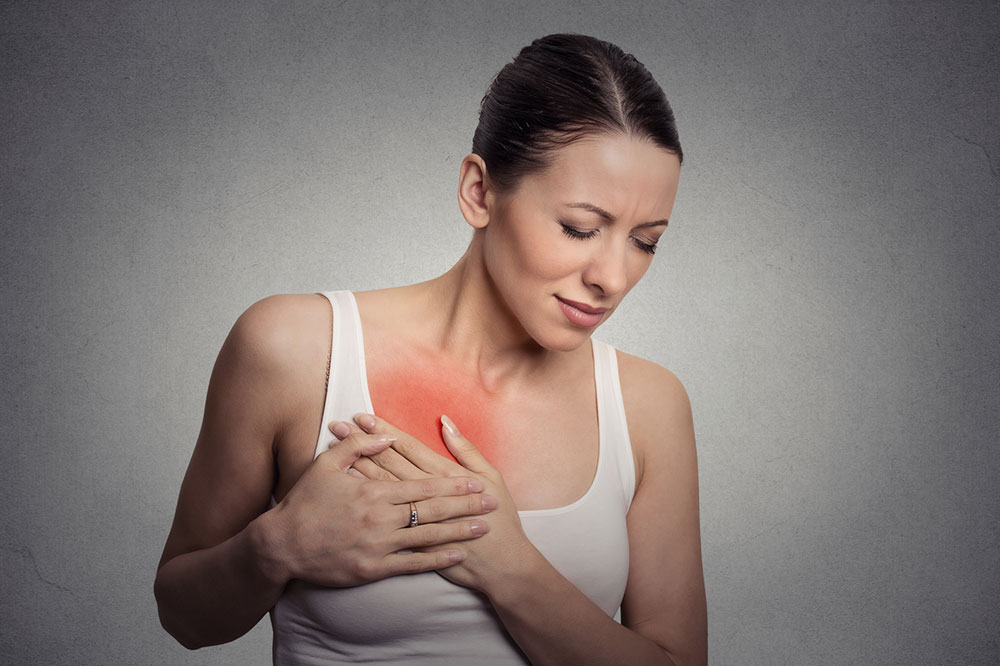
Breast Cancer – Stages and Common Signs
Cancer that begins in the breast cells is known as breast cancer, and it is the second most commonly diagnosed cancer among American women after skin cancer. While common among women, breast cancer may also affect men. So, it’s important to understand the stages and symptoms of breast cancer to facilitate early diagnosis and timely treatment.
1. Stages of breast cancer
The staging of breast cancer depends on the tumor size and how far cancer has spread to the lymph nodes and other body parts. The stages of breast cancer are:
- Stage 0
Also called Ductal Carcinoma in Situ (DCIS), the cancer cells are present within the ducts and have not spread to the surrounding tissues at this stage. - Stage 1
In stage 1, the tumor size is approximately 2 centimeters but cancer has not spread to the lymph nodes. At times, there may be small clusters of carcinoma cells in the lymph nodes. - Stage 2
In stage 2, the tumor is around 2 cm in size and may have spread to the nearby lymph nodes. There is also a possibility that the tumor size is between 2-5 cm, but cancer may not have entered the lymph nodes. - Stage 3
In stage 3, the tumor size is around 5 cm and cancer has spread across different lymph nodes. There is also a possibility that the tumor size is over 5 cm but cancer may have made its way only to a few nearby lymph nodes. - Stage 4
This is the last stage of cancer, where it has spread to distant organs like the lungs, brain, bones, or liver.
2. Symptoms of breast cancer
The signs vary according to the stage of cancer, but here are a few common ones:
- Breast lump
Tumors are not visible to the naked eye in the early stages, so doctors recommend mammograms or other screening techniques to detect the early signs of breast cancer. A common sign is a lump that may develop in the breast, under the armpit, or in any surrounding areas. It usually emerges as a swelling in the armpit or breasts. - Skin changes
In some women, breast cancer may lead to skin changes. These include Paget’s disease of the breast, which develops in the nipple area and causes the skin to look red and feel thick and itchy. Some may also develop inflammatory breast cancer, which results in swelling, redness, and dimpled skin. - Nipple discharge
This symptom of breast cancer can occur at any stage. Any fluid released from the nipple will be regarded as a nipple discharge, and it can be clear or colored. - Swelling
In the later stages of breast cancer, women may experience swelling in the affected arm or in or around the breast. - Breast pain and discomfort
When cancer spreads and grows, women might feel persistent discomfort and pain in the breast. This may often aggravate as the disease spreads. - Fatigue
Fatigue is another common symptom of breast cancer that may manifest both during and after treatment.



